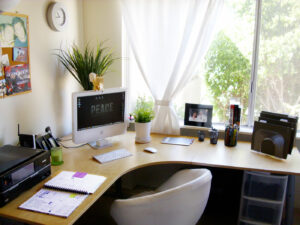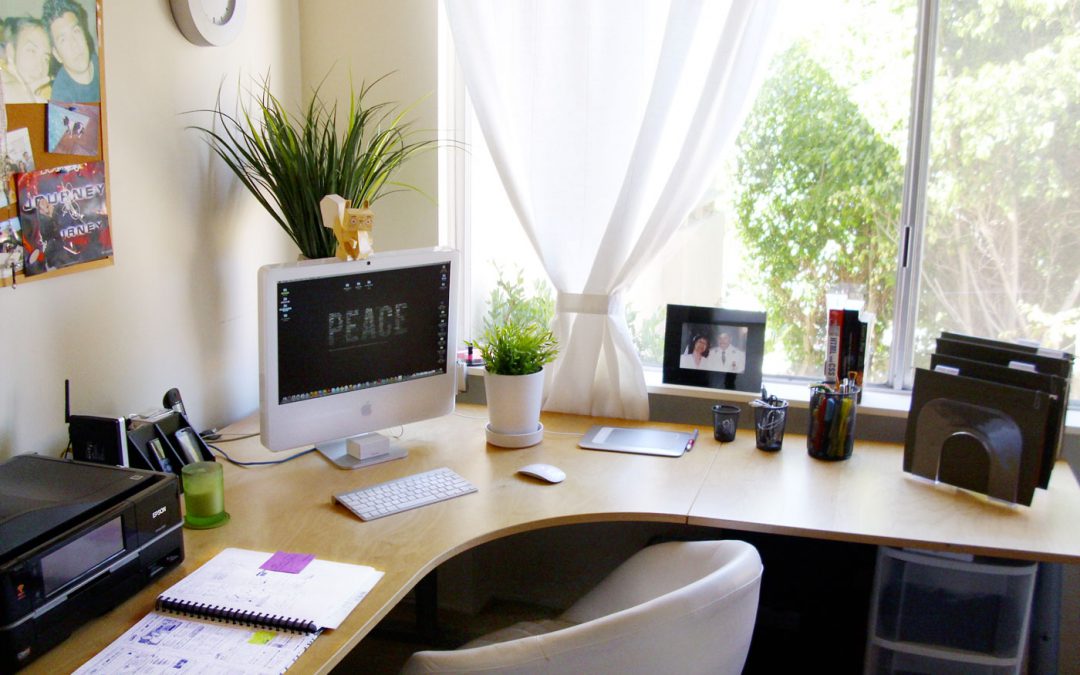
The trend is to a more mobile workforce
People seem to thrive in a work environment where they have clear performance objectives and are allowed more freedom to choose their own work methods, hours and location. A January 11, 2012 Toronto Globe and Mail article cited a survey in which two out of five respondents said they would take a lower paying job if it gave them leeway with respect to mobility, choice of electronic devices and social media access.
There is a trend towards flexibility in both working hours and location. Studies have shown the traditional workstations are only occupied about 50% of the time. One survey of 950 companies revealed that 60% had some unassigned workspace in their company. We have gone from individual offices to cubicles, and now seem to be moving towards the sharing of a desk or a table in the company office – with the majority of our work being accomplished at home or on the road.
According to a November, 2015 issue of Tampa Bay Times, more than 24 million Americans now work from home at least some of the time. And they are reported to be a lot more productive at home, with fewer interruptions, fewer distractions, more comfortable environment, and minimal office politics and less stress from commuting. Paul and Sarah Edwards, in their book, Working from home, indicate that productivity rises 15% to 25% when work is done at home instead of at the office.
There is much time to be saved if commuting to an office can be eliminated. According to the Toronto Board of Trade for instance, getting to and from work in this city consumes an average of 80 minutes.
Mobile applications and conference calls, email etc. now make it easier to work at home and on the road. It’s important to be able to share energy, creativity and brainstorming with others; but it need not be done daily.
A Careerbuilders.ca survey shows that nearly one third of all remote workers spend one hour or less on the job each day when working from home. Whether you are more or less productive working from your home depends on your individual situation. If you ask the telecommuters, 37% say they are more productive at the office, 26% say they are more productive at home, and 37% don’t see any difference.
Distractions seem to be the critical factor. The more significant home distractions, in reducing order of severity, are household chores, TV, errands, children, Internet and pets.
To be productive at home you must structure your day and maintain a work mindset. For example, one survey revealed that about 25% of telecommuters tend to work in their pyjamas. Instead, you should dress for work, keep a normal working routine, have dedicated office space with the necessary office equipment, stay connected with working colleagues, plan your breaks – and occasionally take your work to a coffee shop where there are people. You may find that when you work among others at a coffee shop, you can feed off their energy without being interrupted.
For a discussion on how your working environment can have an impact on both your energy level and your personal productivity, refer to my eBook, Managing your energy, to be published by Bookboon.com, in December, 2015. http://bit.ly/1PQekqV


Recent Comments